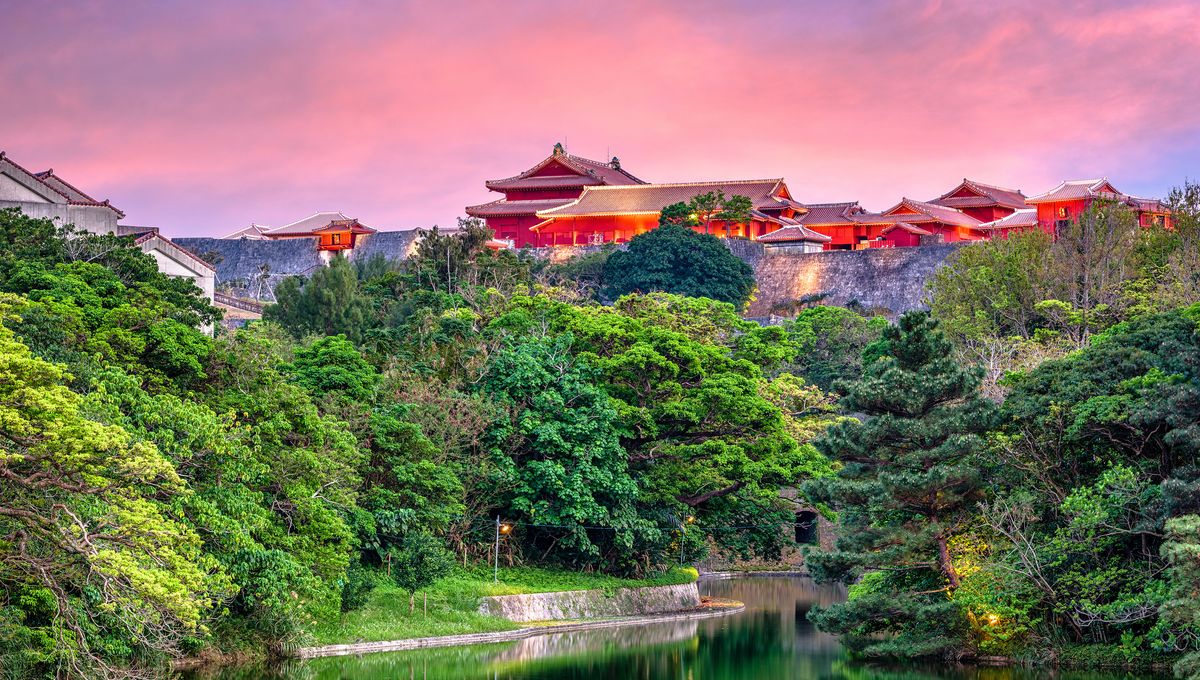
Parts of the world are home to communities with above-average life expectancy, with many housing multiple people aged 100 years or older, called centenarians. Some such areas are categorized as “Blue Zones”, and many believe they hold the key to a long and healthy life.
The term Blue Zone came from the study of data from Sardinia’s Nuoro province, conducted by a team including Giovanni Mario Pes and Michel Poulain in 2004. While clustering high longevity villages in the region, the pair would circle them in blue, thus coining the term “Blue Zone”.
Building on the work in Sardinia, author Dan Buettner highlighted four additional regions that now make up the five identified Blue Zones:
- Sardinia, Italy
- Okinawa, Japan
- Nicoya Peninsula, Costa Rica
- Icaria, Greece
- The Seventh-day Adventists of Loma Linda, USA
While these five are the official Blue Zones, it’s suspected that there are many more areas that have yet to be identified.
The proposed reasons for the increased life expectancy in these areas are highly speculative, and there has yet to be controlled studies investigating the potential causes. The analyses that have been done, however, can tell us a little about how to live a healthier life.
What they eat
While the food consumed is on the whole quite varied between each region, there are a few food groups that appear regularly in their diets. People in Blue Zones tend to eat largely plant based diets, consuming very little meat – if not none at all. There is evidence to suggest regular consumption of meat can increase the risk of cancer and heart disease.
Increased consumption of legumes, particularly beans and soy-based products, is seen throughout these regions. Along with high vegetable consumption, legumes too have been seen to decrease risk of serious diseases.
There’s evidence to suggest that wide consumption whole grains could reduce blood pressure, risk of heart disease, and cancer. Consuming nuts may help reverse metabolic syndrome.
Moderate alcohol consumption is also indicative of Blue Zone regions. While there is contrary evidence to suggest the benefits or detriment of alcohol consumption, it’s thought that moderate intake could have beneficial properties, such as lowering blood pressure, blood sugar, and improved sleep quality. However, excessive consumption of alcohol can increase mortality, and a recent analysis suggests that consuming alcohol before the age of 40 has no health benefits at all.
How much they eat
Blue Zone areas are known to practice reduced caloric intake and regular fasting. Some Okinawans follow the 80 percent rule, consuming food until they are 80 percent full, therefore taking in fewer calories. Moderate calorie deficit can enable healthy weight maintenance and avoid chronic disease associated with obesity.
The practice of fasting is undertaken by the religious communities in the Blue Zones. Regular fasting practices can help reduce and maintain a healthy weight, and in turn reduce the likelihood of developing high blood pressure and high cholesterol.
Their lifestyle habits
Despite the cultural differences across the Blue Zones, they all share a fairly familiar lifestyle structure. The cultures highlight the importance of sleep, with many taking regular daytime naps, having less rigid structures on when to wake up. Studies into the effects of sleep have found that having not enough, or too much sleep can decrease life expectancy while increasing risk of heart disease and stroke.
Incorporating gentle daily exercise is also thought to play a part in the health of Blue Zone communities, with many groups spending their days walking, gardening, farming, and practising tai chi. Studies into the effects of moderate exercise have found a direct positive correlation between distance walked daily and lifespan.
Care towards mental health is also cited as being a contributing factor in the Blue Zones’ increased life expectancy. Some of the groups’ religion and spirituality is thought to create a supportive community environment, decreasing rates of depression. Okinawa’s “ikigai” and Nicoya’s “plan de vida” refers to their sense of life purpose, which is also thought to improve mental well-being.
While there is little hard evidence as to what is causing these unusually long life expectancies in these distinct regions, it’s estimated that genetics may account for just 20-30 percent of adult life expectancy, suggesting that the lifestyles in these areas have at least a small part to play.
Source Link: Do “Blue Zones” Hold The Secret To A Longer Life?